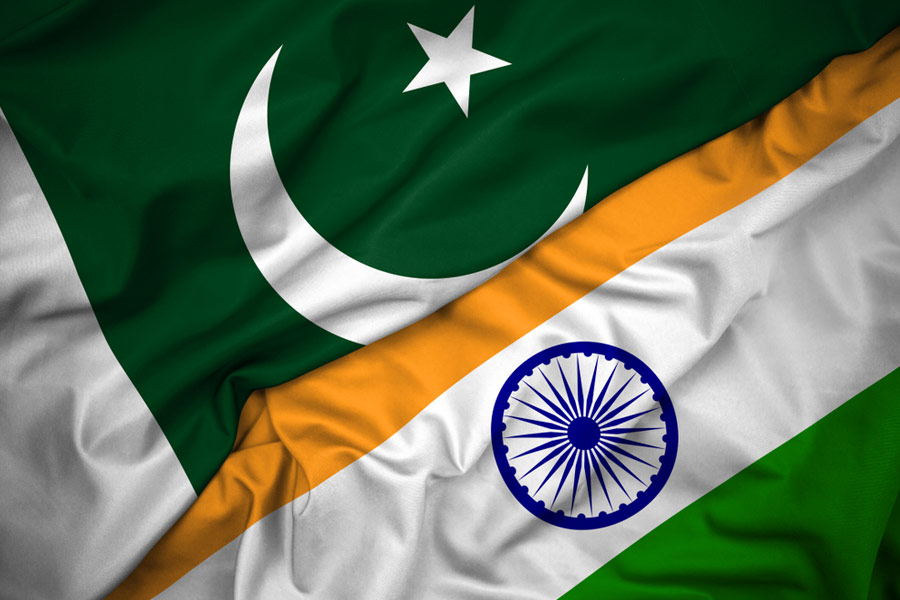 |
| Girls perform Shad Suk Mynsiem in Shillong. File picture |
Shad Suk Mynsiem, thanksgiving dance/Rare tradition, it speaks of Khasi land/A heritage which is hard to find/Amongst the tribes of Motherland
Shillong, April 8: The opening lines of Sweetymon Rynjah’s ode in her recently launched book Khasi Traditional Dancing Ornaments refers to Shad Suk Mynsiem or the dance of happy hearts.
Gladdening the hearts of countless inhabitants, the traditional thanksgiving dance of the Khasi community is going to celebrate its 100th year at the Weiking ground here this month.
Shad Suk Mynsiem has always been one of the most attractive annual festivals in Meghalaya.
The dance symbolises Khasi culture and tradition and was first organised at the Weiking ground on April 14 and 15, 1911. However, from 1902 till 1910, the festival was held at Mawkhar, a locality near Weiking.
To celebrate the centenary year of the dance, the Seng Khasi — a body of elders believing in the indigenous Khasi faith formed in 1899 — is organising a series of programmes.
It will release a bilingual (Khasi and English) coffee table book tomorrow on the dances of the Khasi-Jaintia hills. A website of the Seng Khasi will also be launched.
A procession by dancers in traditional attire will also be taken out tomorrow from Madan Iewrynghep in Laitumkhrah to the Seng Khasi hall in Mawkhar.
The Shad Suk Mynsiem will be held from April 16-18 at the Weiking ground where hundreds of participants from all over Khasi-Jaintia hills are expected to take part.
Seng Khasi general secretary B.S. Rumnong, while addressing a press conference here today, said a series of other programmes, like seminars and workshops, would be organised throughout the year.
Rumnong said while all Khasis, including those who have become Christians, are welcome to be a part of the festival, dancers should come dressed strictly according to the indigenous tradition of the Khasi community.
Kynpham Sing Nongkynrih, chief editor of the souvenir Ka Shad Suk Mynsiem, A Centenary Celebration, said the coffee table book was the most authentic source of information on traditional dances of the Khasi-Jaintia hills.
Nongkynrih said people who are not practitioners of the indigenous culture have written books on Khasi tradition, dance and music.
“In most cases, these books are misleading,” he said.











